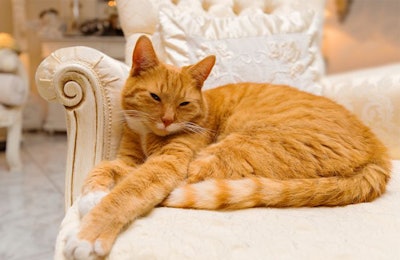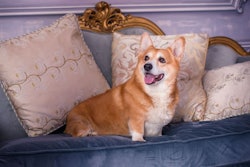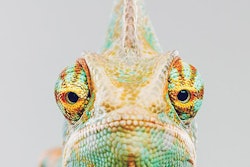
“There’s way too much dog stuff and not enough cat stuff,” commented a respondent to a 2019 Packaged Facts survey. Specifically, 45% of cat owners surveyed believe pet food and treat manufacturers treat cats like second-class citizens, behind dogs. As a longtime cat owner, I tend to agree, but I can also appreciate why pet food and other companies devote more product development resources to dogs, and retailers, more shelf space: They understandably follow sales opportunities, and dog owners buy more “stuff.”
While cats are generally all the same small size, dog sizes vary, and those medium and large breeds eat a lot. Dogs’ typically gregarious nature makes them more likely to be out and about with their owners, and friendly to just about everyone. Cats, as a rule, are much more discerning and also homebodies that would freak out over a trip to the pet store or romp in the park. Thus, people who have never spent time around cats are less likely to encounter them and instead consider them aloof.
More cats, more spending on their needs
Yet more people are warming to cats: As pet adoptions surge in the time of COVID-19, cat ownership is increasing, too. It is projected to reach 25% of U.S. households by the end of 2020, according to Packaged Facts, a 4% increase over 2019. In Europe, cat ownership is about even with dog ownership (25% to 24%, based on 2019 figures), and in France, Germany and Russia, cats far outnumber dogs.
Their owners are also more likely to spend generously on their feline charges. Admittedly, that hasn’t always been true. Earlier in my career, I served as editor of Cat Fancy magazine (now defunct), and its 300,000 readers were extremely passionate about their cats. Yet the industry perception then – mostly justified – was that cat owners were “cheap” and wouldn’t spend much on cat food or other products.
This was before humanization was such a tremendous force, though I would argue that many cat owners led the way in turning it into the foundation of the pet industry, already considering their cats full family members. Slowly, they started spending accordingly, and now categories like premium cat food and cat treats lead market growth.
Pet food and product companies are responding. At trade shows the past few years (when shows could take place), I have seen more new products for cats. There are even companies focused solely on cat food, like Smalls, which aims to “embrace cats’ weirdness.” Now, that’s a philosophy I can get behind.


















